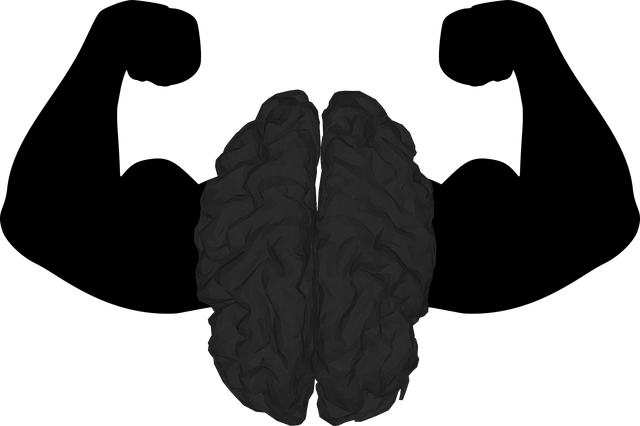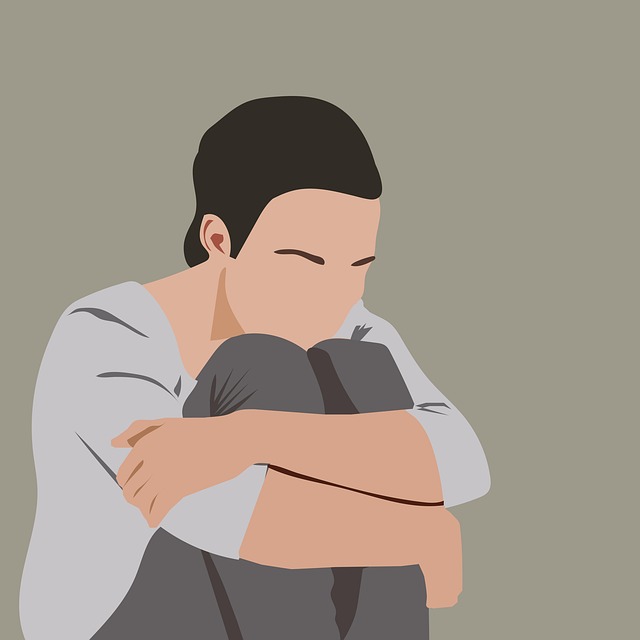TL;DR:
Risk assessment is crucial in mental health practice, especially for adolescent teens with chronic pain, focusing on client safety and well-being. This involves identifying and mitigating risks like trauma, suicidal ideation, and substance abuse. For healthcare providers, risk management includes burnout prevention through mindfulness and compassion cultivation. Mental wellness coaching programs enhance resilience among professionals, improving support for clients' mental health journeys.
Therapy for teens with chronic pain requires specialized approaches addressing physical, emotional, and social aspects. Techniques like mindfulness meditation promote relaxation and stress reduction, offering relief from pain challenges. Increasing mental health awareness encourages open discussions among adolescents.
Effective risk assessment in mental health involves recognizing emotional vulnerabilities, patient histories, and therapeutic environment triggers. Evidence-based practices, professional development, and open communication mitigate risks. A multifaceted approach focusing on staff emotional intelligence fosters empathetic interactions with clients experiencing chronic pain.
Continuous improvement in risk assessment procedures is essential for complex conditions like chronic pain. Regular monitoring, staying updated with research, and integrating emotional healing processes enhance accuracy. Community outreach programs gather diverse data, enabling proactive interventions and tailored therapy plans for optimal patient outcomes.
In the intricate field of mental health, risk assessment serves as a cornerstone for ensuring client safety. This article delves into the vital process of identifying and mitigating risks, especially within the unique context of treating adolescent teens grappling with chronic pain. We explore foundational concepts, delve into specific challenges, and present strategies to navigate potential hazards effectively. By examining continuous improvement through monitoring, we aim to enhance practices in therapy for adolescent teens with chronic pain, fostering a safer environment for healing.
- Understanding Risk Assessment in Mental Health: A Foundation for Safety
- The Unique Challenges of Therapy for Adolescent Teens with Chronic Pain
- Identifying Potential Risks and Hazards in Clinical Practice
- Strategies for Effective Risk Management in Mental Health Settings
- Continuous Improvement: Monitoring and Evaluating Risk Assessment Procedures
Understanding Risk Assessment in Mental Health: A Foundation for Safety

Understanding Risk assessment is paramount in mental health practice, serving as a foundational pillar for ensuring client safety and well-being, especially when addressing complex issues such as chronic pain in adolescent teens. It involves a systematic process of identifying, evaluating, and mitigating potential risks associated with therapy. By meticulously assessing factors like past trauma, suicidal ideation, or substance abuse, mental health professionals can tailor their approach, implement appropriate interventions, and proactively manage risks.
This proactive stance extends beyond the assessment itself. It permeates into various aspects of care, including burnout prevention strategies for healthcare providers, where cultivating compassion through practices like mindfulness and compassion cultivation becomes crucial. Additionally, integrating mental wellness coaching programs can empower professionals to navigate challenges, maintain resilience, and ultimately provide more effective support for their clients’ mental health journeys, particularly those grappling with chronic pain.
The Unique Challenges of Therapy for Adolescent Teens with Chronic Pain

Therapy for adolescent teens with chronic pain presents unique challenges that require specialized approaches. These young individuals often struggle with a complex interplay of physical discomfort, emotional distress, and potential social isolation, all of which can impact their mental health. Mental health professionals must be adept at navigating these intricate issues to provide effective support.
The process involves helping teens develop coping skills tailored to managing chronic pain, fostering resilience, and enhancing their overall well-being. Techniques such as mindfulness meditation have proven beneficial in promoting relaxation, improving focus, and reducing stress, which can alleviate some of the challenges associated with chronic pain. Moreover, increasing mental health awareness among this demographic is crucial, enabling them to recognize and discuss their experiences openly.
Identifying Potential Risks and Hazards in Clinical Practice

In the dynamic field of mental health care, particularly when treating adolescent teens with chronic pain, identifying potential risks and hazards is paramount for professionals to ensure safe and effective therapy. This includes recognizing psychological vulnerabilities, potential triggers within the therapeutic environment, and the impact of complex patient histories. For instance, adolescents experiencing chronic pain may struggle with emotional regulation, which can complicate their mental health journey. Additionally, previous traumatic experiences or current life stressors could exacerbate symptoms and necessitate tailored interventions.
Mental Health Awareness and advocacy play a crucial role in navigating these challenges. Professionals must stay informed about the latest research, evidence-based practices, and resources available to address adolescent pain management. Regularly reviewing case studies and engaging in professional development opportunities related to mental health policy analysis can equip practitioners with strategies to mitigate risks. Moreover, fostering open communication channels allows for early identification of potential hazards, ensuring a supportive environment that promotes mental wellness while navigating the complexities of chronic pain therapy.
Strategies for Effective Risk Management in Mental Health Settings

In mental health settings, effective risk management is paramount to ensure a safe and therapeutic environment for both professionals and clients. A multifaceted approach that incorporates various strategies is essential. One key strategy involves fostering emotional intelligence among staff members. By enhancing their ability to recognize, understand, and manage their own emotions, as well as those of others, mental health professionals can navigate potentially challenging situations more effectively. This promotes empathy, reduces reactionary behaviors, and fosters healthier interactions with clients, especially those experiencing chronic pain.
Additionally, promoting mental wellness within the workplace is crucial. Encouraging open discussions about stress management, providing access to counseling services, and integrating mind over matter principles into staff training can significantly contribute to a resilient and supportive work culture. These measures not only benefit individual professionals but also positively impact their interactions with adolescent teens in therapy for chronic pain, creating an environment conducive to recovery and growth.
Continuous Improvement: Monitoring and Evaluating Risk Assessment Procedures

Mental health professionals must embrace continuous improvement when it comes to risk assessment procedures. Regular monitoring and evaluation are essential to ensure that these processes remain effective in identifying potential risks for patients, especially those facing complex issues like chronic pain. By implementing a robust system, therapists can better understand the evolving nature of their client’s conditions and adapt their therapy approaches accordingly. This includes staying updated with the latest research and best practices in pain management and mental health treatment for adolescent teens.
Integrating emotional healing processes and emotional intelligence into risk assessment can enhance the overall accuracy and depth of analysis. Community outreach program implementation, targeting both urban and rural areas, can also help gather diverse datasets, ensuring a comprehensive understanding of the factors contributing to chronic pain and its psychological implications. Such dynamic approaches facilitate proactive interventions and tailored therapy plans for optimal patient outcomes.
Mental health professionals play a vital role in fostering healing, but they must also navigate complex risk assessment procedures to ensure patient safety. By understanding the unique challenges of treating adolescent teens with chronic pain and implementing effective risk management strategies, practitioners can create a secure environment that enhances therapeutic outcomes. Continuous monitoring and evaluation of risk assessment processes are essential to stay adaptable and responsive to emerging issues in mental health care, particularly when addressing the specific needs of this vulnerable population. This comprehensive approach ensures that therapy for adolescent teens with chronic pain is both effective and safe.












